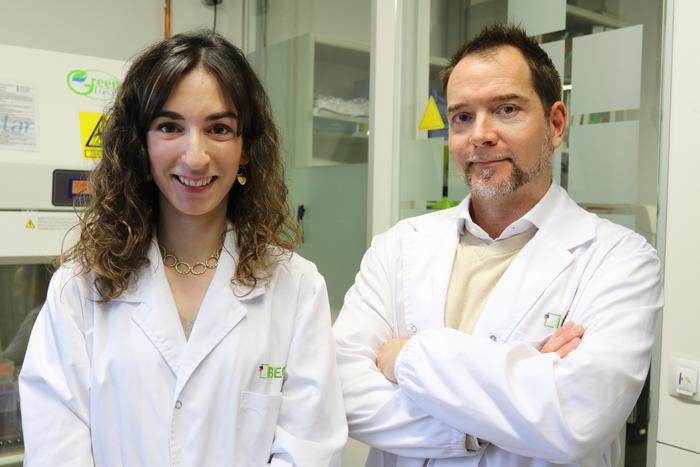
A research team in Spain has successfully reduced the size of bladder tumours in mice by 90 per cent through a single dose of urea-powered nanorobots.
The tiny nanomachines consist of a porous sphere made of silica, with their surfaces carrying various components with specific functions.
Among them is the enzyme urease – a protein that reacts with urea found in urine, enabling the nanoparticle to propel itself.
Another crucial component is radioactive iodine, a radioisotope commonly used for the localised treatment of tumours.
The research may pave the way for innovative bladder cancer treatments.
Samuel Sánchez, ICREA research professor at IBEC and leader of the study, said: “With a single dose, we observed a 90 per cent decrease in tumour volume.
This is significantly more efficient given that that patients with this type of tumour typically have 6 to 14 hospital appointments with current treatments.
“Such a treatment approach would enhance efficiency, reducing the length of hospitalisation and treatment costs.”
The next step, which is already underway, aims to determine whether these tumours recur after treatment.
The scientists previous confirmed that the self-propulsion capacity of nanorobots allowed them to reach all bladder walls.
The feature is advantageous compared to the current procedure where, after administering treatment directly into the bladder, the patient must change position every half hour to ensure that the drug reaches all the walls.
The new study demonstrated not only the mobility of nanoparticles in the bladder but also their specific accumulation in the tumour.
The achievement was made possible by various techniques, including medical positron emission tomography (PET) imaging of the mice, as well as microscopy images of the tissues removed at the end of the study.
The latter were captured using a fluorescence microscopy system developed specifically for this project which scans the different layers of the bladder and provides a 3D reconstruction, thereby enabling observation of the entire organ.
Julien Colombelli is leader of the Advanced Digital Microscopy platform at IRB Barcelona.
The researcher said: “The innovative optical system that we have developed enabled us to eliminate the light reflected by the tumour itself, allowing us to identify and locate nanoparticles throughout the organ without prior labelling, at an unprecedented resolution.
“We observed that the nanorobots not only reached the tumour but also entered it, thereby enhancing the action of the radiopharmaceutical.”
Deciphering why nanorobots can enter the tumour presented a challenge.
Nanorobots lack specific antibodies to recognise the tumour, and tumour tissue is usuallystiffer than healthy tissue.
“However, we observed that these nanorobots can break down the extracellular matrix of the tumour by locally increasing the pH through a self-propelling chemical reaction. This phenomenon favoured greater tumour penetration and was beneficial in achieving preferential accumulation in the tumour,” said Meritxell Serra Casablancas, co-first author of the study and IBEC researcher.
Therefore, the scientists concluded that the nanorobots collide with the urothelium as if it were a wall, but in the tumour, which is spongier, they penetrate the tumour and accumulate inside.
One key factor is the mobility of the nanobots, which increases the likelihood of reaching the tumour.
In addition, according to Jordi Llop, a researcher at CIC biomaGUNE and co-leader of the study: “The localised administration of the nanorobots carrying the radioisotope reduces the probability of generating adverse effects, and the high accumulation in the tumour tissue favours the radiotherapeutic effect.”
Cristina Simó, co-first author of the study, added: “The results of this study open the door to the use of other radioisotopes with a greater capacity to induce therapeutic effects but whose use is restricted when administered systemically.’
Image: Institute for Bioengineering of Catalonia (IBEC)



